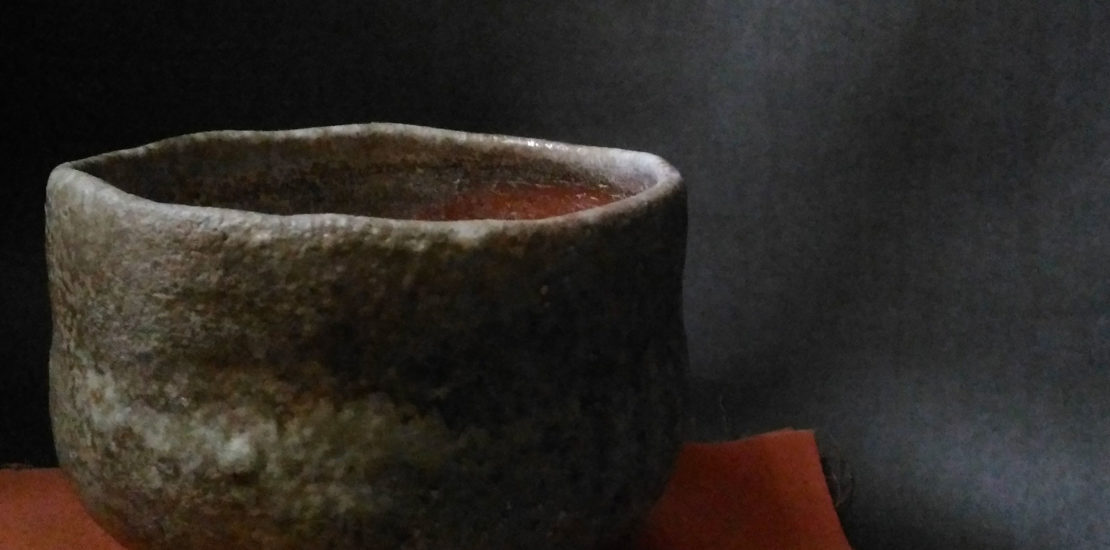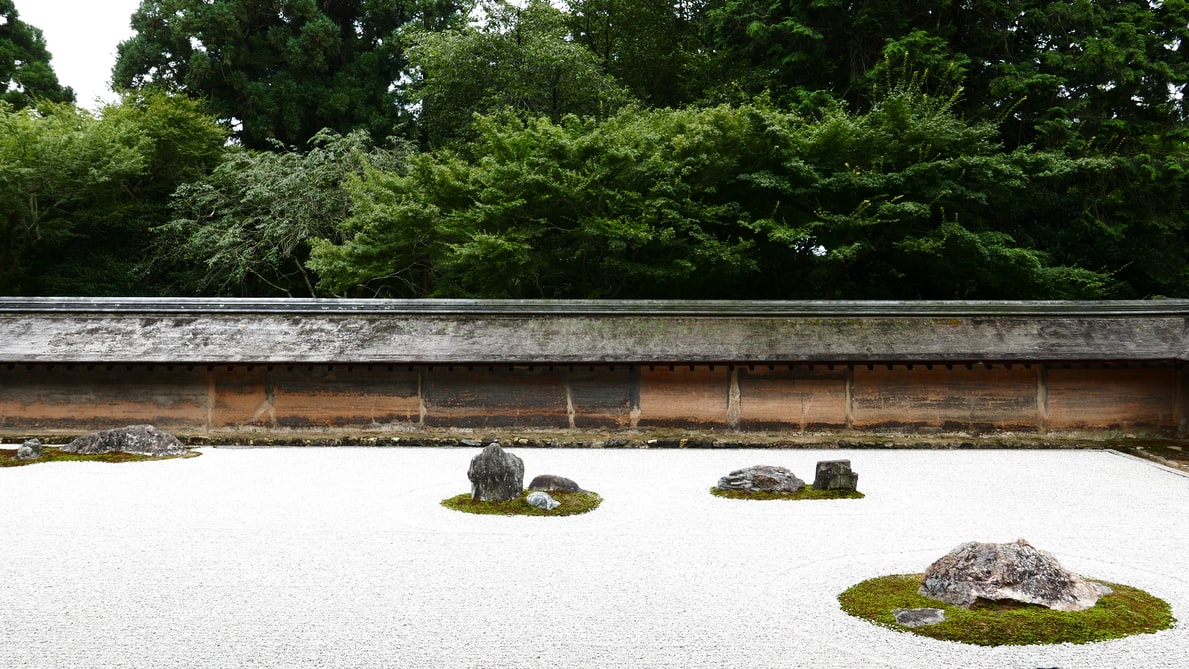Wabi-Sabi is to appreciate everything in its simplest, raw, and natural form with all its flaws and imperfections while accepting that nothing lasts forever. It is not something depicting in physical objects, like most Japanese ideas, it is also a thought process, a way of life.

Wabi-Sabi is one of the most complex and difficult to understand Japanese concepts. And yet, once understood it can make our lives very content and peaceful.
Simply explained, Wabi-Sabi means acknowledging the imperfection, the transient nature, and the impermanence of things. It is embracing the belief that nothing is complete, nothing is permanent and nothing is perfect.
The word Wabi can be described in many ways. All of them appropriate and yet none enough to describe what it means. Wabi is simplicity, austerity, and elegance as well as a sense of perfection and completeness even in something imperfect. This can be seen in anything made by man or nature.
Sabi on the other hand refers to the transient nature of things, the natural progression towards aging, and the fading of things over time.
Together, Wabi-Sabi means a way to appreciate everything in its simplest, raw, and natural form with all its flaws and imperfections while accepting that nothing will last forever.
Wabi Sabi has its roots in Zen Buddhism and is considered to be the visual representation of the philosophy of Zen.
There are seven aesthetic principles to achieve Wabi-Sabi:
- Kanso — simplicity
- Fukinsei — asymmetry
- Shibumi — beauty in the understated
- Shizen — natural form
- Yugen — subtle elegance
- Datsuzoku — freeness
- Seijaku — tranquility

To the western mind, beauty is something that is completely perfect, sparkling, and grand. On the other hand, Wabi-Sabi teaches you to find beauty in austerity, simplicity, and even in asymmetry.
It is not a very easy concept to understand for the western mind, although one can see glimpses of it everywhere in Japan – right from nature, to their pottery, Bonsai, tea ceremony, and Japanese gardens.
The best example of Wabi-Sabi in nature is the Autumn leaves. The leaves remain for a very small time before dropping to the ground or fading away, yet the beauty of the trees in all their colorful glory is celebrated. Even a slightly strong gust of wind makes the leaves float towards the ground where they form a colorful carpet. That too has a beauty of its own. What better example than this to understand the fleeting nature of things and yet to have a mindset to enjoy the moment while it lasts.
Another common example of Wabi-Sabi is Kintsugi or the Japanese art of mending broken objects with lacquer dusted with gold. It treats breakage or wear and tear of things as something natural and shows that there can be beauty in imperfection too.
Another great example of Wabi-Sabi is said to be the Ryoanji temple in Kyoto. One of the most famous Zen temples, it is enclosed by an earthen wall and has carefully placed rocks in a sea of gavel with their grooves depicting the continuous change and flow of life. It is said that the clay wall, ancient with age, has orange and brown stains and depicts Sabi or the impermanence or aging of things. The garden with all its austere beauty depicts Wabi.
Wabi-Sabi is incorporated into traditional Japanese architecture. Natural materials such as wood are utilized, and the wood is never artificially polished. It is rough and asymmetrical. Yet there is an austere beauty in that untarnished raw wood. The space is uncluttered and minimalistic.
Wabi-Sabi is not something that can only be found in physical objects, like all Japanese concepts this is also a thought process, a way of life. I believe in our modern hectic lives with our quest for the perfect job, partner, and life, we live in a constant state of desire and discontent. Wabi-Sabi provides us the much-needed escape from the artificial, materialistic world that we have surrounded ourselves with.
Wabi-Sabi is a state of mindfulness, of living in the present and finding happiness in what is. It is simple living with quietude and tranquility, the stripping away of unnecessary things and desires, being content with and appreciating what we have instead of craving for more and at the same time acknowledging the natural cycle of growth and then decay.



